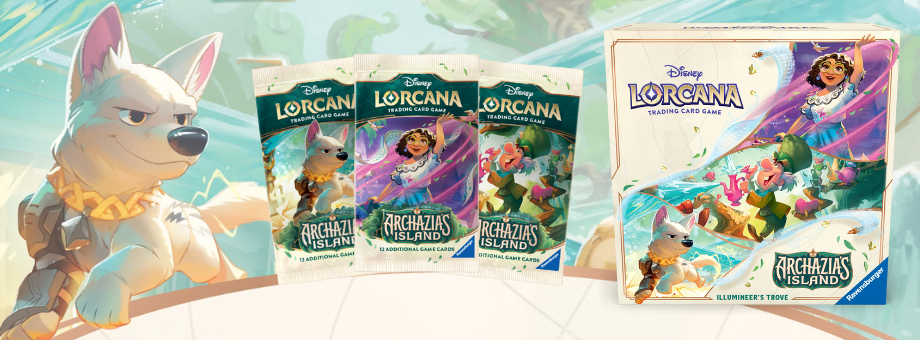Takenoko is a tile-laying, strategy, and resource management game designed by Antoine Bauza, published by Bombyx and Matagot Games. It does not strictly fall into any of those categories but brings some of the best elements from each of those genres together into a captivating experience.
Takenoko - The Game
The setting is Japan, a long, long time ago, and the art style perfectly represents this. Each component of the game contributes to the style whilst being a functional game piece. The narrative sees peace brokered between Japan and China, with the Giant Panda gifted as a symbol of peace and the commercial alliance between the two nations.
The goal is to cultivate beautiful gardens by commanding the Imperial Gardener, while the Giant Panda wistfully devours all the bamboo it can reach. Who doesn’t love bamboo devouring Pandas? The Imperial Gardener, that’s who.
Components
Takenoko consists of a considerable number of individual components, all of which are well constructed and visually appealing. It includes two miniatures (Imperial Gardener and Giant Panda), tiles for board construction, wooden bamboo shoots, player board, weather dice, objective cards, and a few smaller components to contribute to gameplay.
All of these lively little components come packaged in a neat box for storage and easy access during setup - with a bright box insert included!
The Setup
At the beginning of the game each player is given the following components:
- One player board to keep track of objectives, actions, and resources.
- Two action chips to indicate intended actions.
- Three objective cards, one of each type (Gardener, Plot and Panda).
The starting tile is placed in the centre of the playing area, with the Panda and Gardener being placed on the starting tile. The remaining objectives and plot tiles are shuffled and placed faced down to draw from. All remaining components are set aside in various draw piles.
Playing Takenoko
In a unique little move, the makers of Takenoko decided that it should be the tallest player who gets to start the game. He or she will then complete the following steps in order:
Determine Weather Conditions
Each of the six sides of the die represents a unique weather condition that will affect the players turn:
- Great sun shines on the bamboo garden.
- A fine rain nourishes the young bamboo shoots.
- A refreshing breeze blows through the bamboo garden.
- The sky rumbles and lightning strikes - frightening the panda.
- Grey clouds darken the sky. Never mind, it's time to go on and perform some handy work.
- ? - Pick the effect of your choice.
This is the most random aspect of the game, which is good for players who like to have more control over their experience.
Perform Two Actions
The following five actions are available to choose from, and they must always be unique. The only time this is different is if the weather dice allows the player to choose more than two actions, or to perform the same action twice.
- Select and place a plot.
- Select and place or store an irrigation channel.
- Move the gardener.
- Move the panda.
- Select a new objective.
At any point during the active player's turn, when an objective is met, this objective can be claimed for victory points. Based on the number of players, the “game end” will be triggered after a pre-defined number of objectives have been completed by a single player. All other players get one final turn to attempt to complete more of their objectives.
Strategy
The gameplay for Takenoko initially struck me as simple and fun (both these points are important aspects for ANY game attempting to get people playing). After playing a couple of games, it became clear that there is a hidden depth to the strategy elements.
The first step is identifying the power plays available within the confines of the rules.
As you identify each of these power plays, the dynamic of the game shifts. For experienced players, this is where Takenoko can be extremely rewarding. A battle of wits to test your individual skill against your opponents.
Just make sure everyone is playing at the same intensity/level or it will become an unpleasant experience for the more casual players.
Final Thoughts
Takenoko is a fantastic game to grab from the shelf for a quick-play session, or as a warm-up to your game evening. This game also provides a great gateway to introduce fresh players to the concept(s) of complex board games. This does not mean that Takenoko is not enjoyable for experienced players, because the game can be rewarding for carefully planned strategies.
This is one of the most visually rewarding gaming experiences in a box you can get. From the comical gardener to the detailed plot tiles, each element will catch your eye in a unique way.
Overall this is a good game to have in your collection and will always be fun when it's laid out.
If you'd like to read more about Takenoko, we have a How to Play blog available here. We also have Takenoko Chibis - the version with even more pandas!
Editors note: This blog was originally published on July 31st, 2017. Updated on April 20th, 2022 to improve the information available.











Share